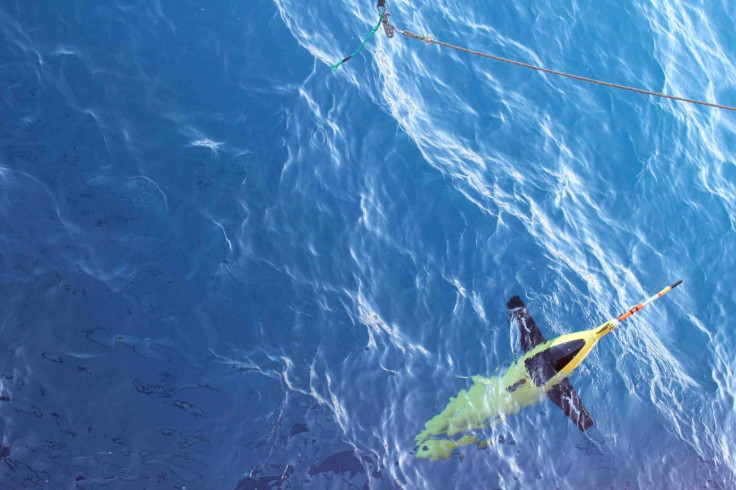Robotic ‘Dolphins’ Offer New Clues About Antarctic Ice Melt

Researchers are getting a first-ever fish-eye’s view of Antarctica’s ice with the aid of three robotic “dolphins.” The battery-powered gliders, each about 2 meters (6 feet 6 inches) in length, can descend up to 1,000 meters and measure temperature and salinity in places that would otherwise be unreachable. The new technology has changed the way scientists collect data in isolated polar regions, Reuters reported.
Among the gliders’ discoveries was that Antarctica’s ice may be melting from the bottom up. The robots found turbulent warm water underneath ice shelves in Antarctica’s Weddell Sea that could be causing the ice to thaw – a theory that has been proposed before but that, until now, had little empirical evidence to back it up, Live Science reported. The new study, led by researchers from the California Institute of Technology, was published Monday in the journal Nature.
"What we're looking at is delivery of heat right up to the ice shelf, where the ocean touches up against the ice," Andrew Thompson, a physical oceanographer at Caltech and the study’s lead author, told Live Science. "It's almost like a blob of warm water, a little ocean storm."
Antarctica’s vast ice sheet is losing 159 billion tons of ice each year, according to the latest research published in May in the journal Geophysical Research Letters. That rate is about twice as fast as when the continent was studied in 2010. Ice loss from Antarctica and its ice-covered companion in the north, Greenland, has driven sea level rises around the globe. Earth’s oceans have risen roughly 0.13 inches (3.2 millimeters) a year over the past 20 years – twice as fast as the preceding 80 years, according to National Geographic.
"When you have a melting slab of ice, it can either melt from above because the atmosphere is getting warmer or it can melt from below because the ocean is warm," Thompson said in a statement. "All of our evidence points to ocean warming as the most important factor affecting these ice shelves, so we wanted to understand the physics of how the heat gets there."
© Copyright IBTimes 2025. All rights reserved.






















